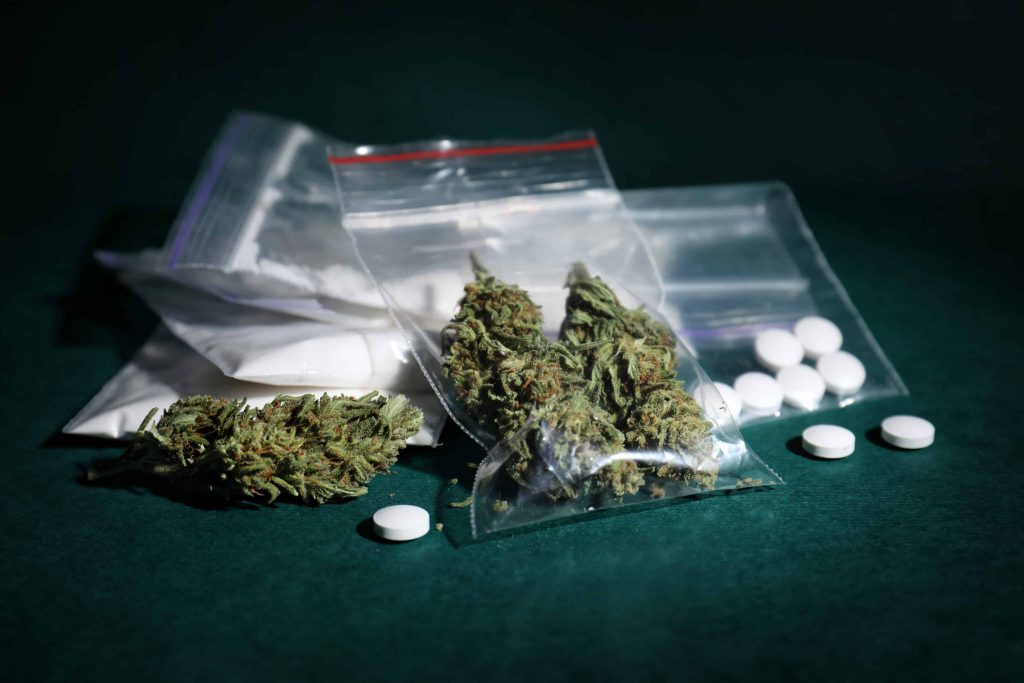
Cannabis: A Harm Reduction Tool for Stimulant Cravings
Forget what you’ve been told about cannabis being a gateway drug. The truth is, this plant may actually be a powerful tool for reducing harm caused by other substances. From managing opioid use to easing withdrawal symptoms, research is showing that cannabis has potential as a harm reduction strategy.
In a recent study published in the journal Addictive Behaviors, researchers from the University of British Columbia (UBC) delved into the relationship between cannabis use and managing cravings for stimulant drugs. Their findings not only suggest that cannabis is commonly used for this purpose, but that it may also be effective in reducing stimulant use.
The study, which looked at data from three cohorts in Vancouver, Canada, found that 45.1% of participants reported using cannabis to manage stimulant cravings. Of those participants, 77.6% reported a decrease in their use of stimulants such as powder cocaine, crack cocaine, and methamphetamines.
Lead author Dr. Hudson Reddon emphasized the importance of these results, stating that while they are not conclusive, they add to the growing evidence that cannabis could be a beneficial tool for those looking to better control their use of unregulated stimulants.
Opening the Door for Conversation
Thanks to the ongoing drug toxicity crisis and the prevalence of fentanyl contamination in many substances, the conversation around cannabis use has shifted. With medical and recreational cannabis reform, researchers are now exploring how cannabis use may interact with other higher risk substances and how it can be used as a substitute for harm reduction.
The study’s authors note that investigating cannabis as a substitute for stimulant use could have important public health and harm reduction implications for those at a heightened risk of overdose and other drug-related harms.
Studying the Relationship Between Cannabis and Stimulant Use
To better understand how cannabis use may affect those using stimulant drugs, researchers collected data from three cohorts in Vancouver: the At-Risk Youth Study (ARYS), the Vancouver Injection Drug Users Study (VIDUS), and the AIDS Care Cohort to Evaluate Exposure to Survival Services (ACCESS).
Using a cross-sectional questionnaire and logistic regression models, the researchers analyzed the relationship between cannabis use for managing stimulant cravings and self-reported changes in the frequency of stimulant use. A total of 297 participants who reported using both cannabis and stimulants in the past six months were included in the study.
The results showed that cannabis use for managing cravings was significantly associated with reduced stimulant use, particularly among those who used crystal meth daily. However, it was not significantly associated with reduced stimulant use among crack cocaine users.
While this study does not provide all the answers, it adds to the growing body of evidence supporting the potential benefits of cannabis as a harm reduction tool for those using stimulant drugs. As more research is conducted, we may gain a better understanding of how cannabis can be used to reduce harm and improve the lives of those struggling with substance use.









